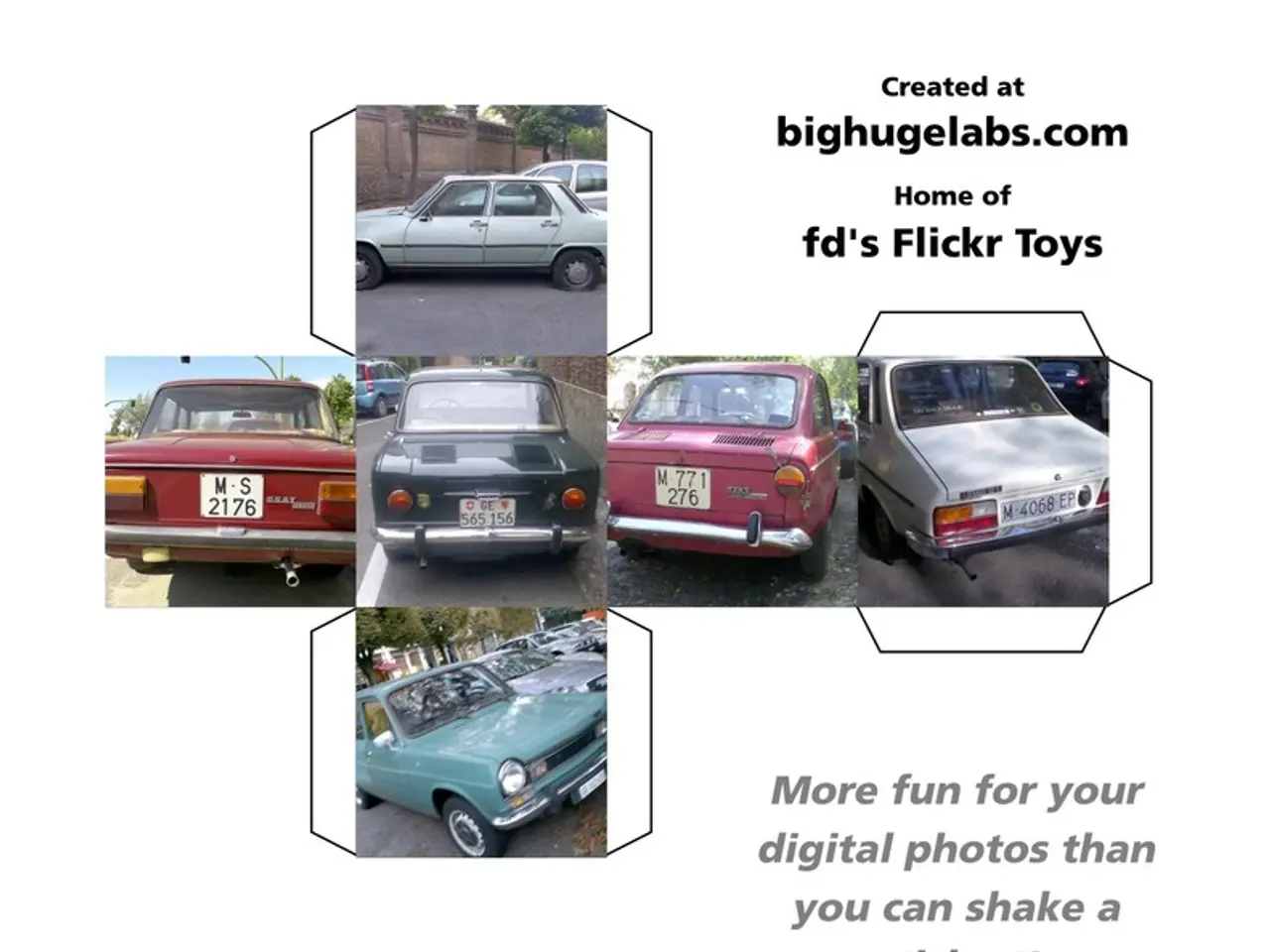Is it advisable to purchase a new or second-hand vehicle, and is the enhanced price of a new car justified?
When it comes to buying a car, there are several factors to consider. Whether you're after a new or used vehicle, each option has its own advantages and disadvantages. Let's take a closer look at the key aspects of each choice.
Upfront Cost
New cars typically have the highest upfront cost due to their price, taxes, and insurance premiums. Certified Pre-Owned (CPO) cars offer some savings over new, while retaining a warranty and factory-backed support, falling between new and used cars in price. Used cars offer the greatest upfront savings, with lower prices, reduced taxes, and insurance compared to new vehicles.
Running Costs and Depreciation
New cars experience the steepest depreciation, especially in the first few years, meaning you lose more value faster. However, running costs can be lower in the short term due to fewer repairs. Used cars, on the other hand, already absorb the brunt of depreciation, so the financial hit is less severe if you sell later. Running costs, however, may rise as maintenance and repairs become more frequent, especially if service records are spotty. CPO cars depreciation is less severe than with new cars, and running costs remain relatively low thanks to manufacturer warranties and inspections.
Reliability
New cars benefit from the latest engineering, technology, and warranties, making them generally more reliable with fewer problems than older models. Used cars' reliability varies widely depending on age, mileage, and, most critically, maintenance history. A well-maintained used car can be highly reliable, while one without records may be a gamble. CPO cars' reliability is usually higher than typical used cars due to thorough inspections and warranty coverage.
Condition
New cars arrive in pristine condition, free from wear and tear, and with all the latest features. Used cars' condition depends on previous ownership and maintenance. Mileage and age are less important than how well the car was cared for and serviced. CPO cars' condition is typically excellent, with cars refurbished and inspected to meet manufacturer standards.
Aftersales Support
New cars come with comprehensive factory warranties and access to dealer networks for service and recalls. Used cars may have limited or no warranty, especially in private sales. Dealer support is variable, and recalls may be harder to track. CPO cars include a manufacturer-backed warranty and often prioritized access to dealer service.
Choice of Brand or Model
New cars offer access to the latest models and features, with a wide variety of options. Used cars provide an enormous selection, including discontinued or rare models, but finding a specific trim or color may take effort. CPO selection can be limited to recent model years from specific brands.
Potential Savings in the Used Car Market
Used car prices can fluctuate based on market conditions, economic trends, and inventory levels. Occasionally, incentives or overstock can make used cars even more attractive. Buying a used car that has already undergone significant depreciation can yield substantial savings, especially if you keep the car for several years. Platforms like Carvana have broadened choice and price transparency in the used car market.
Additional Considerations
Factor in cargo space, fuel economy, and whether the car will suit your needs for years to come. Incentives like cash back or low-interest financing may benefit new car buyers. New cars may include destination charges and other fees, while used cars might require immediate repairs or updates.
Summary Table
| Factor | New Car | Used Car (Non-CPO) | Certified Pre-Owned (CPO) | |-----------------------|----------------------------------------|--------------------------------------|--------------------------------------| | Upfront Cost | Highest | Lowest | Moderate | | Depreciation | Steepest | Least (already depreciated) | Less than new | | Running Costs | Lower (short term) | Higher (potential repairs) | Lower (warranty) | | Reliability | Generally highest | Varies (maintenance critical) | High (inspected, warrantied) | | Condition | Pristine | Variable | Excellent | | Aftersales Support | Full factory warranty | Limited or none | Manufacturer warranty | | Choice | Latest models, wide options | Huge selection, rare finds | Limited to recent years/brands | | Savings Potential | Latest features, incentives | Greatest savings, market-dependent | Good value, less selection |
Key Takeaways
- Upfront savings are greatest with used cars, but consider potential future repair costs and the value of a warranty.
- Reliability depends more on maintenance history than age or mileage for used cars.
- Aftersales support is strongest with new and CPO vehicles, a critical factor if you value peace of mind.
- Depreciation is a major expense with new cars, but if you keep the car long-term, the impact is reduced.
- Choice is broadest in the used market, but finding the exact model and condition you want may require patience.
- Market timing can affect savings; watch for incentives on new cars or price dips in the used market.
- Long-term costs—including maintenance, insurance, and resale value—should all be factored into your decision.
Carefully weigh these factors against your budget, driving needs, and how long you plan to keep the car to make the best choice for your situation.
- For those interested in eco-friendlier transportation options, one might consider electric vehicles (EVs) as an alternative to traditional cars. EVs come with different advantages and considerations, such as lower operating costs, reduced emissions, and government incentives, but potential downsides include limited charging infrastructure, higher upfront costs, and potential depreciation anxiety.
- On the home-and-garden front, adopting a more sustainable lifestyle can involve various aspects, like energy-efficient appliances, organic gardening, and reducing plastic waste. Creating a home-and-garden space that fosters a sustainable lifestyle requires initial planning and investment, but can lead to ongoing savings on utility bills, a decreased carbon footprint, and overall well-being.








